#1. Direct Mail, Direct Response: An Introduction
by Jonathan Howard
In the internet age, with a host of easy, cheap and fast electronic media from which to choose, why do major national charities still spend the time and money to request charitable donations by mail?
Because it works for them.
But will it work for you? There’s really only one way to find out: try it. But before you jump in, take some time to understand the shared language and tools of direct mail.
I can’t promise that your mail program will be a success. But I can share some proven concepts and techniques to give you the best possible chance of making direct mail an effective fundraising strategy for your organization.
It’s all about response
The term “direct mail” means that we expect consumers to respond directly to our mailing in some planned way.
Direct mail is one branch of the mighty river of “direct response marketing,” also called “direct marketing” or just “DM.” DM includes telephone sales, email solicitations, online pop-up ads, and those indefatigable TV pitchwomen on the QVC network … among many other forms.
Direct response selling asks consumers to take immediate action: “Click here.” “Call in the next 15 minutes.” “Do it now.”
We measure direct marketing success primarily through the “response rate” or percentage of people we’ve solicited who take the action we ask of them.
For instance, if we mail 1,000 letters requesting first-time donations and get 40 checks back, we’ve had a response rate of 4 percent. If we send 10,000 emails and get 40 first-time donations, our response rate is 0.4%.
Response rates vary a lot depending on the audience, the quality of the mailing, the season and many other factors. Most mailings seeking first-time donations have response rates of less than one percent. Appeals to past donors usually do much better, with response rates of 10 percent, 20 percent or more.
Fundraisers still rely on direct mail fundraising, versus email fundraising, because mail response rates generally are 10 to 30 times higher to comparable target groups. That persistent response advantage for mail can offset the higher cost of printing and postage; and, mail donors typically give more than online donors and may be more loyal in terms of repeat gifts.
Taking these factors together, direct mail fundraising continues to be a cost-effective strategy for many nonprofits, large and small. And it can work for you.
=-=-=-=-=-=-=-=-=-=-=-=-=-=
See the next posting on Direct Mail on March 26.
=-=-=-=-=-=-=-=-=-=-=-=-=-=
Jon has more than 25 years in the nonprofit sector,
helping nonprofits develop successful direct response strategies and effective donor communications.
You can contact Jon at Jonathan Howard
=-=-=-=-=-=-=-=-=-=-=-=-=-=
Have you seen
The Fundraising Series of ebooks ??
They’re easy to read, to the point, and inexpensive ($1.99 – $4.99)
=-=-=-=-=-=-=-=-=-=-=-=-=-=
#2. Proposed Changes to CFC Regulations Update: How You Can Help Save the Combined Federal Campaign – Part I
by Bill Huddleston
The summer was the last time there was reaction to the proposed changes to the CFC regulations. That was when the outcry from the non-profit community resulted in the July Congressional hearing about the impact of the regulations as proposed by OPM.
It would be worth your time to watch the testimony — link to the hearing.
At the time, OPM was without a permanent director. John Barry had resigned and the confirmation of Katherine Archuleta, who had been appointed in May, was bogged down … along with everything else in Congress. Finally, on November 4th, Ms. Archuleta was sworn in, becoming the first Hispanic director of OPM.
All of this is background to the fact that, despite thousands of comments (almost all negative) and the Congressional hearing, there has been no public communication from OPM about the proposed changes to the CFC.
It’s likely that the proposed changes would gut the program, and hit small charities (local, national and international) particularly hard. To see my analysis of the proposed regulations, click on the following link: Analysis of the proposed changes
What’s Likely To Happen Next?
Since OPM proposed the regulations, two major events have occurred. One being the confirmation of Ms. Archuleta, and the second being the public response from the OPM staff to the concerns raised about the regulations as proposed — with the exception of the Congressional testimony (by the former head of the CFC office, not by the current position holder) there has been NO public response.
=-=-=-=-=-=-=-=-=-=-=-=-=-=
See Part II of this piece on March 19.
=-=-=-=-=-=-=-=-=-=-=-=-=-=
During his 25-year career in the Federal sector,
Bill Huddleston, The CFC Coach,
served in many CFC roles. If you want to participate in the Combined Federal
Campaign, maximize your nonprofit’s CFC revenues, or just ask a few questions,
contact Bill Huddleston
=-=-=-=-=-=-=-=-=-=-=-=-=-=
Have you seen
The Fundraising Series of ebooks.
They’re easy to read, to the point, and inexpensive ($1.99 – $4.99)
=-=-=-=-=-=-=-=-=-=-=-=-=-=
If you would like to comment/expand on either-or-both of the above pieces, or would just like to offer your thoughts on the subjects of this posting, we encourage you to “Leave a Reply.”













